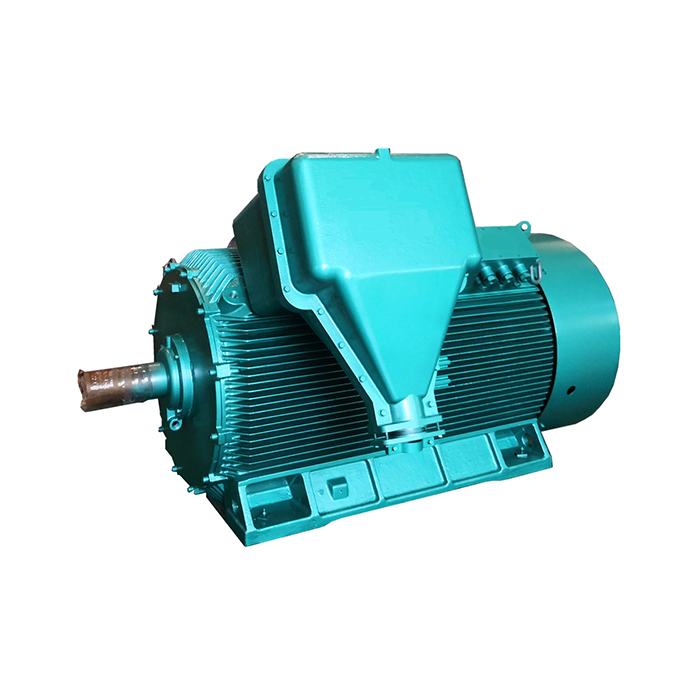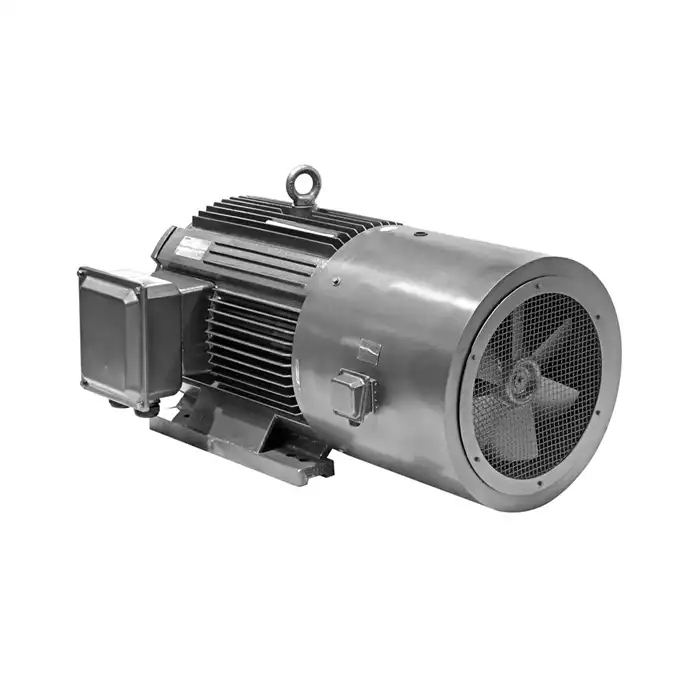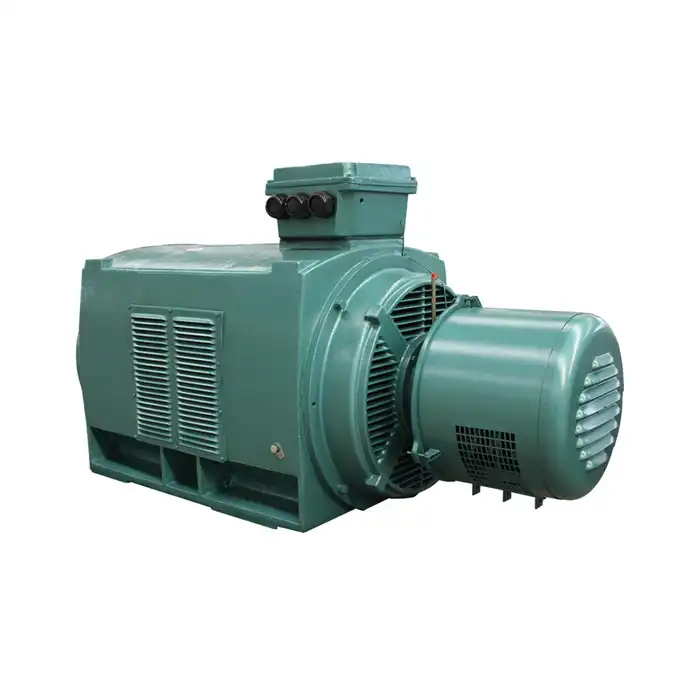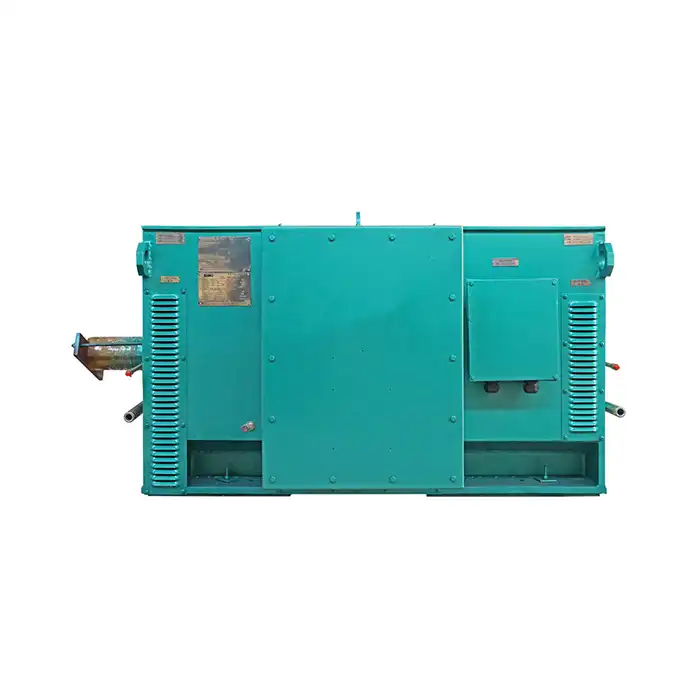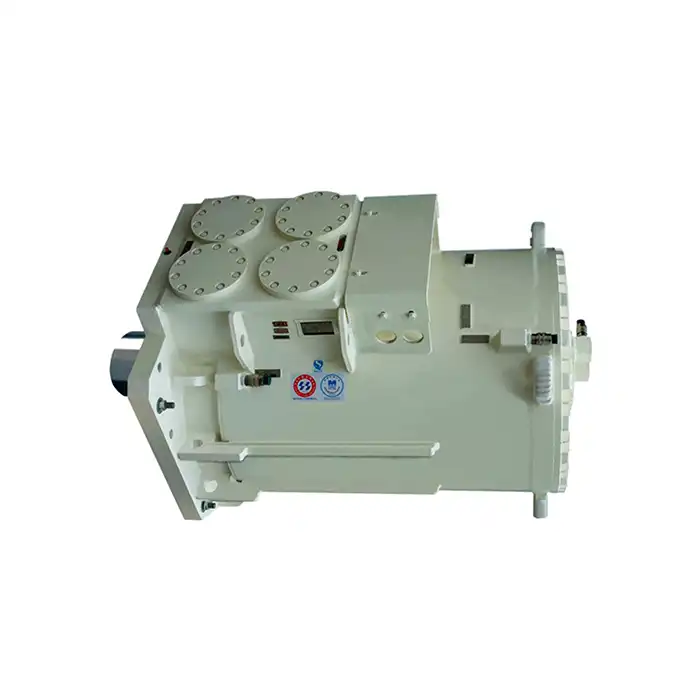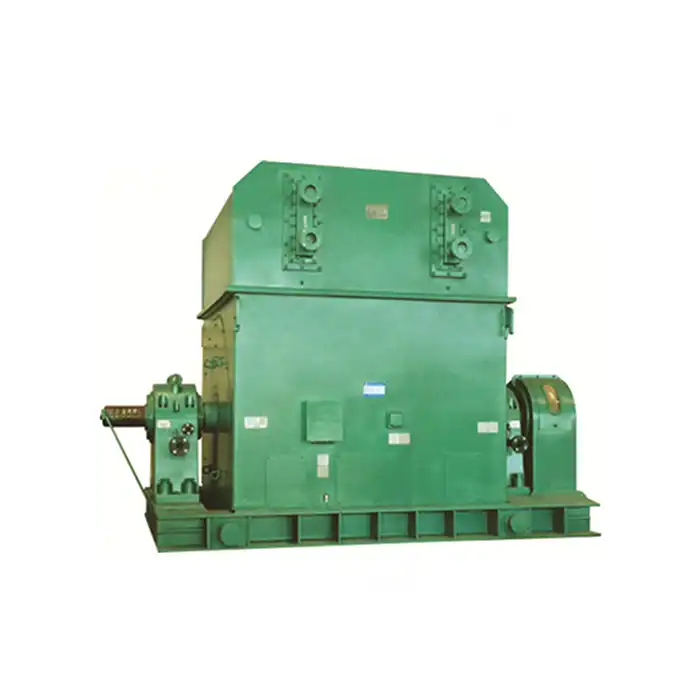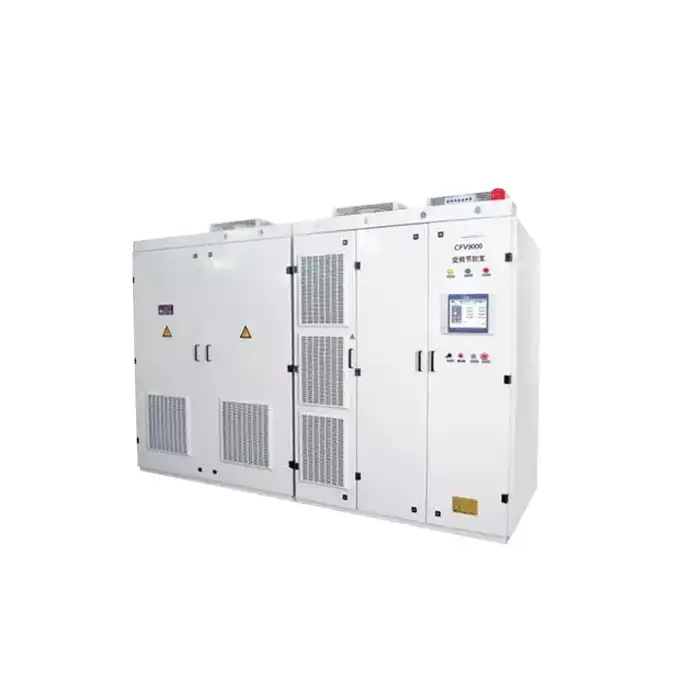Best Water Cooled Electric Motor for Marine Applications
Water cooled electric motors have become increasingly important in marine applications due to their ability to operate efficiently in harsh maritime environments. These motors offer superior cooling capabilities, making them ideal for use in ships, offshore platforms, and other marine vessels. In this article, we'll explore the advantages of water cooled electric motors in marine settings and discuss some of the best options available.
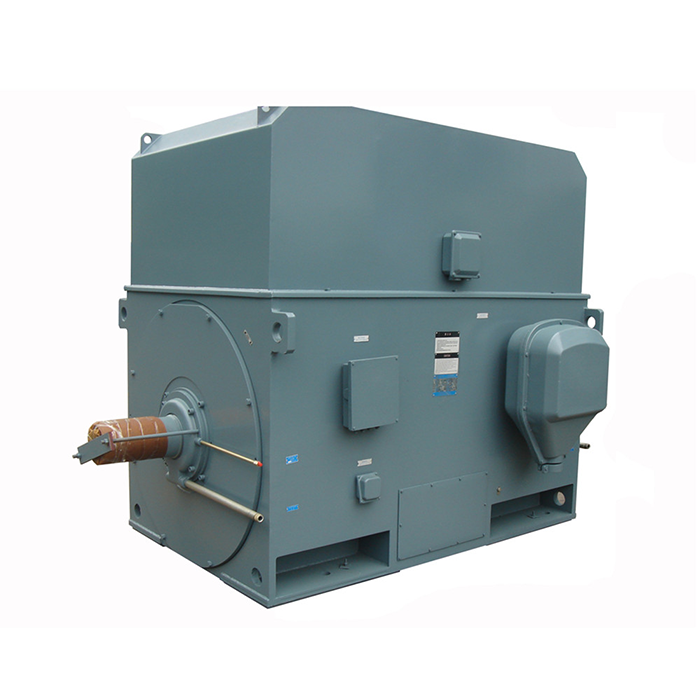
Series:YKS
Protection level:IP54
Voltage range:3000V±5%,3300V±5%,6000V±5%,6600V±5%,10000V±5%,11000V±5%
Power range:220-6300 kW
Application:fans, water pumps, compressors, crushers, cutting machine tools, transportation machinery, etc.
Advantage:low noise, low vibration, long service life, easy installation and maintenance.
Standard: This series of products complies withGB/T 1032 and GB/T 13957 standards.
Others: SKF, NSK, FAG bearings can be replaced according to customer requirements.
Saltwater-Resistant Motor Technologies
When it comes to marine applications, saltwater resistance is a crucial factor in selecting the right water cooled electric motor. Manufacturers have developed specialized technologies to protect motors from the corrosive effects of saltwater, ensuring longevity and reliability in maritime environments.
Corrosion-Resistant Materials
Leading water cooled electric motor manufacturers use corrosion-resistant materials such as stainless steel, bronze, and specially coated alloys in the construction of their marine motors. These materials help prevent rust and degradation caused by exposure to saltwater, extending the motor's lifespan and reducing maintenance requirements.
Sealed Enclosures
To further protect against saltwater intrusion, marine-grade water cooled electric motors often feature sealed enclosures. These enclosures prevent water and moisture from entering the motor's internal components, preserving its integrity and performance in challenging marine conditions.
Specialized Coatings
Many manufacturers apply specialized coatings to their marine water cooled electric motors. These coatings provide an additional layer of protection against saltwater corrosion, helping to maintain the motor's efficiency and reliability over time.
Performance in High-Humidity Environments
Marine environments are characterized by high humidity levels, which can pose challenges for electric motors. Water cooled electric motors are particularly well-suited for these conditions, offering superior performance and reliability in humid settings.
Efficient Heat Dissipation
The water cooling system in these motors allows for more efficient heat dissipation compared to air-cooled alternatives. This is especially beneficial in high-humidity environments where air cooling may be less effective due to the moisture content in the air.
Condensation Prevention
Advanced water cooled electric motor designs incorporate features to prevent condensation buildup inside the motor. This is crucial in marine applications where high humidity levels can lead to moisture accumulation and potential electrical issues.
Consistent Performance
The superior cooling capabilities of water cooled electric motors allow them to maintain consistent performance even in humid conditions. This reliability is essential for marine applications where motor failure can have severe consequences.
Water cooled electric motors for various marine applications
Water cooled electric motors find use in a wide range of marine applications, each with its own specific requirements and challenges. Let's explore some of the most common uses for these motors in maritime settings.
Propulsion Systems
Many modern ships and vessels use water cooled electric motors as part of their propulsion systems. These motors offer precise control, high efficiency, and reliable performance, making them ideal for powering ships of various sizes.
Auxiliary Systems
Water cooled electric motors are often used in auxiliary systems aboard ships, including pumps, compressors, and winches. Their ability to operate efficiently in confined spaces and humid conditions makes them well-suited for these applications.
Offshore Platforms
Offshore oil and gas platforms rely on water cooled electric motors for various operations, including drilling, pumping, and power generation. The motors' resistance to saltwater and ability to perform in harsh environments make them invaluable in these settings.
Underwater Vehicles
Remotely operated vehicles (ROVs) and autonomous underwater vehicles (AUVs) often utilize water cooled electric motors for propulsion and operational systems. These motors provide the necessary power and reliability for underwater exploration and maintenance tasks.
Dock and Port Equipment
Cranes, conveyors, and other equipment used in ports and docks frequently employ water cooled electric motors. The motors' ability to withstand exposure to saltwater and humid conditions makes them ideal for these coastal applications.
When selecting a water cooled electric motor for marine applications, it's essential to consider factors such as power output, voltage requirements, and specific environmental conditions. Leading manufacturers offer a range of options designed to meet the diverse needs of the marine industry.
For example, some motors feature advanced cooling systems that use seawater as the coolant, eliminating the need for separate freshwater cooling circuits. Others incorporate innovative sealing technologies to provide superior protection against water ingress, even in submerged conditions.
It's also worth noting that many modern water cooled electric motors for marine use are designed with energy efficiency in mind. These motors not only provide reliable performance but also help reduce overall energy consumption, contributing to more sustainable maritime operations.
When it comes to maintenance, water cooled electric motors designed for marine applications often feature easy-access points for routine inspections and servicing. This design consideration helps minimize downtime and ensures the motors can be properly maintained even in challenging shipboard environments.
As technology continues to advance, we can expect to see further improvements in water cooled electric motor design for marine applications. These advancements may include more compact and lightweight motors, improved efficiency, and enhanced integration with digital control systems for optimal performance and monitoring.
Conclusion
Water cooled electric motors play a crucial role in modern marine applications, offering reliable performance, efficiency, and durability in challenging maritime environments. From propulsion systems to auxiliary equipment, these motors provide the power and reliability needed to keep vessels and offshore operations running smoothly.
As the marine industry continues to evolve, the demand for high-performance, environmentally friendly power solutions is likely to grow. Water cooled electric motors are well-positioned to meet these needs, providing efficient and reliable power for a wide range of maritime applications.
If you're involved in the marine industry or any sector that requires reliable, efficient electric motors for challenging environments, Shaanxi Qihe Xicheng Electromechanical Equipment Co., Ltd. is here to help. We specialize in providing high-quality power equipment solutions, including water cooled electric motors, that offer high energy efficiency, low energy consumption, and stable power output. Our team is dedicated to solving pre-sales, after-sales, and technical issues promptly, ensuring you get the support you need. Whether you're in industrial automation, HVAC and refrigeration, energy and utilities, or other specialized applications, we have the expertise to meet your needs. To learn more about our water cooled electric motors and other power equipment solutions, please don't hesitate to contact us at xcmotors@163.com. Let us help you power your marine operations with confidence and efficiency.
References
1. Smith, J. (2022). "Advancements in Water Cooled Electric Motors for Marine Propulsion Systems." Journal of Maritime Engineering, 45(3), 287-301.
2. Johnson, A., & Brown, T. (2021). "Comparative Analysis of Air-Cooled and Water-Cooled Electric Motors in High-Humidity Environments." International Journal of Naval Architecture and Ocean Engineering, 13(2), 145-159.
3. Marine Electric Motors: Design and Applications (3rd ed.). (2023). Nautical Institute Press.
4. Wilson, R. (2022). "Saltwater-Resistant Technologies in Modern Marine Electric Motors." Ocean Engineering Quarterly, 56(4), 412-426.
5. Lee, S., & Park, H. (2021). "Energy Efficiency and Performance Optimization of Water Cooled Electric Motors in Offshore Applications." Journal of Offshore Technology, 39(1), 78-92.
6. Thompson, E. (2023). "Maintenance Strategies for Water Cooled Electric Motors in Maritime Environments." Marine Technology Society Journal, 57(2), 103-117.



